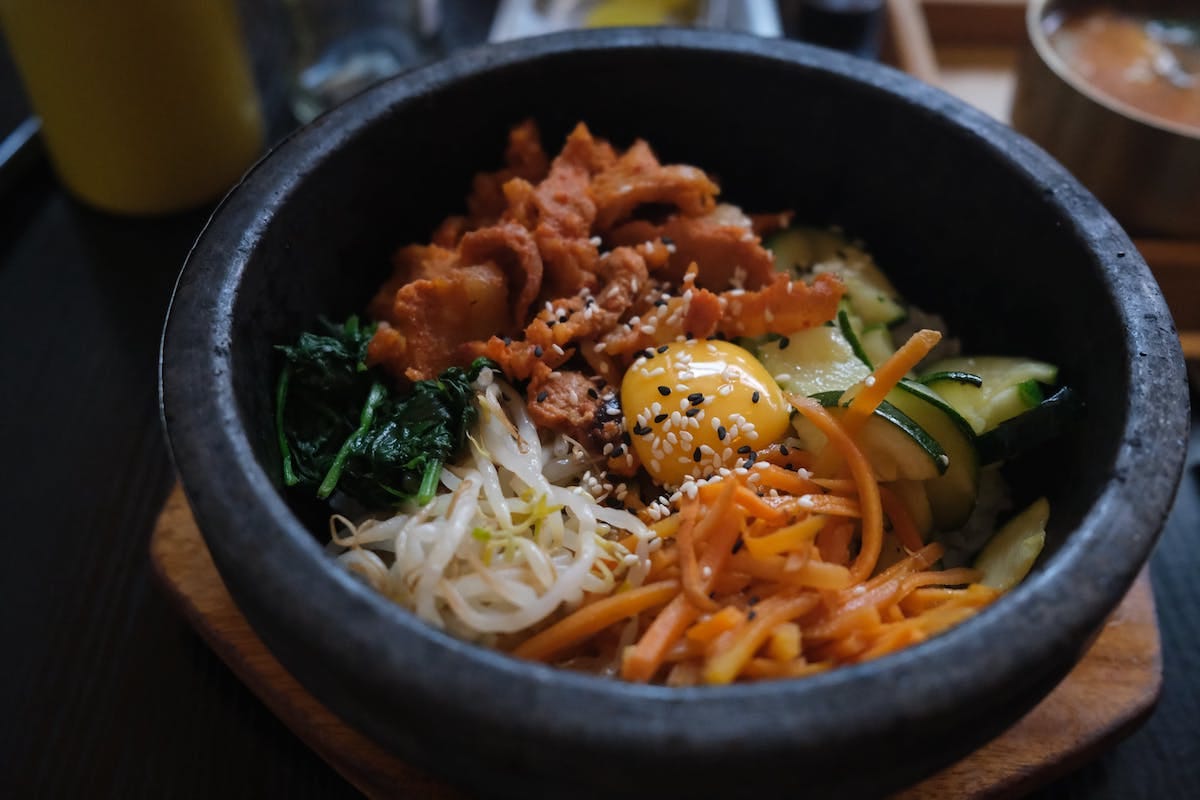
Welcome to the 20th edition of ‘The B Word’, a newsletter for everyone who loves Barcelona. Whether you live here, are planning on living here, are visiting or are simply a fan of the city, I’m sure you’ll find lots here to interest you.
This newsletter is compiled by Esme Fox, a Barcelona-based freelance journalist. If you love 'The B Word' please show your support by
buying me a virtual café con leche (coffee).
Welcome, Bienvenidos and Benvinguts to all new and regular subscribers of The 'B' Word.
I was travelling the last Friday before Christmas, when the newsletter was due to be sent out, so I have decided to send out an extra one today instead.
I would like to dedicate this week’s edition to one of my favourite Barcelona architects – no surprisingly it’s not Antoni Gaudí, it’s his lesser-known contemporary Lluís Domènech i Montaner (1850-1923).
Today December 27 is the 100th anniversary of Montaner’s death and this year the city has been celebrating the man and his achievements. Montaner in fact helped to define the Catalan Modernisme movement. He wrote books about the architectural style and even became a professor at the Barcelona School of Architecture.
While those who live here may be familiar with the architect, most visitors don't know his name and he sadly is not that well recognised internationally, even though some of his designs feature on many tourists' itineraries. His most celebrated work is most likely the Palau de la Música Catalana, the grand concert hall that has earned UNESCO World Heritage status. From the rainbow mosaic columns to the huge white horses galloping down from the sky and the stained glass droplet ceiling, everywhere you look it's a feast for the eyes.
An architect, historian, teacher and politician, he even taught some of Barcelona's most celebrated architects including Gaudí.
Other buildings that Montaner designed include the Casa Lleó Morera, part of the so-called Manzana de la Discòrdia on Passeig de Gràcia (just two doors down from Gaudi’s Casa Batlló) and the Casa Fuster, now a hotel situated at the very top of the avenue just before you reach the neighbourhood of Gràcia. Casa Lleó Morera stands out for its Fabergé egg-like tower, while Casa Fuster is like a gracefully tiered wedding cake with icing-like swirls covering its façade.
But probably my favourite of all his buildings is the Recinte Modernista de Sant Pau. Whenever family or friends come to visit, this is the one place I tell them they should visit. Another UNESCO World Heritage Site, Sant Pau is astonishing because it's not a palace, a luxury home or an elegant concert hall, it's a former hospital and no doubt, one of the world's most beautiful.
The largest art nouveau complex in the world, it's made up of several custard-domed pavilions and gardens of pomegranate trees, where patients lie in rooms decorated with colourful floral tiles and under pink mosaiced ceilings.
Those who want to learn more about the architect should visit both Canet de Mar, 1.5hrs northeast along the coast from Barcelona and Reus, one hour and 1.5hrs southwest of the city near Tarragona.
Canet de Mar is where you’ll find Montaner's summer home he shared with his wife Maria Roura and their eight children. Now a museum, it's set in a 17th-century country home with modernista designs, added by Montaner himself. Hidden behind the town is where you'll find one of the architect's lesser-known jewels - the Castell de Santa Florentina. Guided visits can only be undertaken by making a booking online in advance, but it's well worth it. You can find out more here.
In Reus, you can visit the amazing Institut Pere Mata, a fantastical psychiatric hospital, which was the precursor to the Recinte Modernista de Sant Pau.
I hope you've all learned a little more about one of the city's most prominent architects and will continue to discover his works. Speak to you all again in the New Year!
Business Hot Spot
Restaurante Seoul Coreano
Just a short walk from Montaner's Rencinte Modernista de Sant Pau lies one of my favourite Korean restaurants in the city. One of the main reasons I like it is because it's one of the only places I found that does the real bibimbap in the stone pot ('m sure there are others, but I have yet to find them). For those who don't know, Korean bibimbap is a rice dish made with various raw vegetables, beef (or tofu for vegetarians/vegans), an egg and spicy gochujang (chili sauce). The egg is cracked raw on top and then cooks in the hot bowl creating crispy egg fried rice. Most other places that serve bibimbap in the city just use normal bowls and a cooked egg, meaning you don't get the true Korean experience or the crispy rice - without a doubt, the best part.

What's On
There's always something going on in Barcelona. Check out the events this week.
Llums de Sant Pau (until Jan 14)
Explore Montaner's Sant Pau all dressed up for the holidays, decked out in twinkly lights and festive decor. There's mapping for free on the facade and more magic inside with a Christmas tree light show and corners filled with presents, snowflakes and polar bears. Tickets can be booked here.
The Nutcracker Jazz (Until Dec 30)
On at the Gran Teatre del Liceu, this is the classic Christmas ballet with a bit of a difference - think jazz music and giant puppets. Tickets can be booked here.
Christmas Festival (Until Dec 29)
Get into the Christmas spirit at Plaça de Catalunya and Plaça Universitat with a host of concerts, shows and family-friendly activities. One of the highlights is the last show of each evening - an excellent quirky performance, which features scenes of normal family Christmas dinner, until complete chaos ensues.
Catalan Phrase/Word of the Day
Feliç Any Nou — Happy New Year
If you think a friend would like to receive this newsletter, send them this link to sign up: eepurl.com/g_Ye9z



Esme- This post is really igniting my wish to revisit Barcelona soon. I’m partial to Gaudi’s work. But I’m even more partial to its delicious food. A great trip down memory lane!